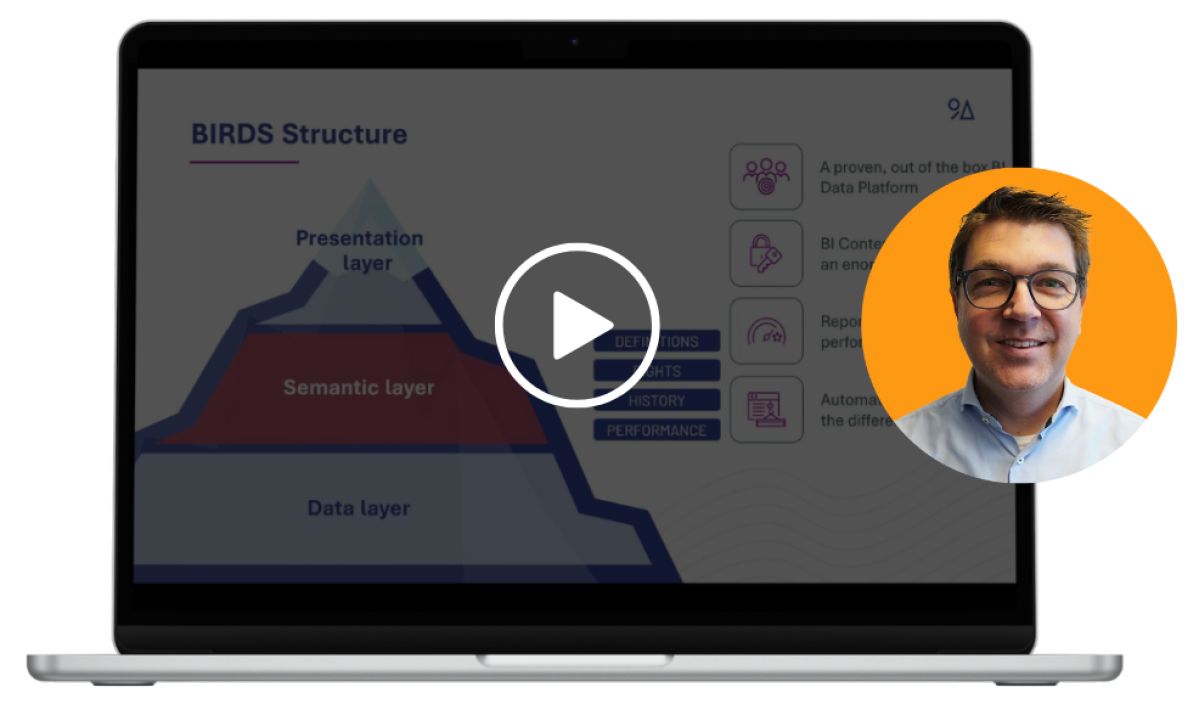
Do a multitude of self-created reports in Excel, Power BI, and other systems exist within your organisation? Are they sometimes used side by side? In such situations, everyone has their own dataset and utilises their own calculations.
In doing so, colleagues have created their own "truth"...
Which truth do you choose when decisions need to be made that impact the entire organisation?
Shadow systems for business intelligence purposes often arise as a response to specific shortcomings or challenges within your organisation's existing BI infrastructure.
We have compiled a list of common issues we frequently encounter.
Lack of a Central Data Model
When an organisation does not have a well-defined and centralised data model, it can be challenging to generate consistent and reliable reports.
Employees may then be inclined to use their own data storage and analysis tools to obtain the information they need.
Example:
Lack of Knowledge of Source Data
When your colleagues are not well-informed about the available source data or how to interpret and use it, they may resort to alternative tools and sources to meet their information needs.
Example:
Value for the Business
If the existing BI systems do not meet the specific needs of different departments or teams within the organisation, employees may start using their own tools and methods to analyse data and generate insights that are valuable for their specific goals.
Slow Response from IT Department
If the IT department is slow to respond to the changing needs of users in terms of data analysis and reporting, colleagues may start developing their own solutions to meet their requirements. It is therefore crucial that IT has a good understanding of the 'pain' users experience from not being able to perform their work effectively.
Limited Access to Official BI Tools
In some cases, employees may have restricted access to the organization's official BI tools due to licensing limitations or other factors. This can prompt them to use alternative tools and systems to fulfill their needs.
Proactive Measures Help
Shadow systems often arise because your colleagues simply want to perform well and need insights from data to make informed decisions.
It is crucial for your organization to understand this and take proactive steps to prevent the emergence of shadow systems.
This can be achieved by:
- Developing a robust and flexible data model.
- Providing training and support to employees on the use of official BI tools
- Improving communication and collaboration between different departments and teams
Our Approach to BI Provides Comprehensive Solutions
Leveraging our experience in addressing reporting issues across more than 350 companies in various sectors, we have developed a solution that eliminates the need for shadow systems.
This solution, BIRDS, employs Best Practices combined with proven Microsoft technology to establish a robust foundation that centralises and secures user data needs.
As BIRDS incorporates the latest Microsoft technologies, you maintain access to new functionalities and essential insights.
Following this foundation's implementation, we collaborate with our clients on a maturity program to further their development and optimise the adoption and acceptance of the solution.
BIRDS on-demand demo video
Interested in seeing how BIRDS generates data insights? Check out our on-demand demo video.
We'll show you within a Power BI environment how BIRDS operates, including reports and dashboards.

